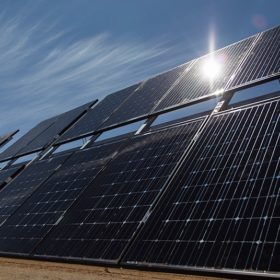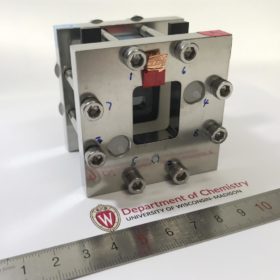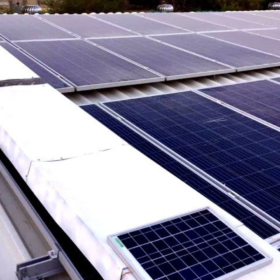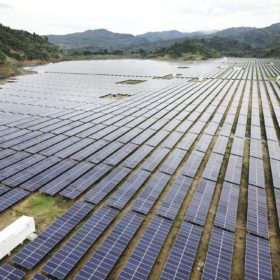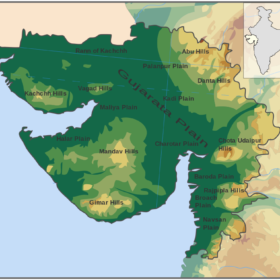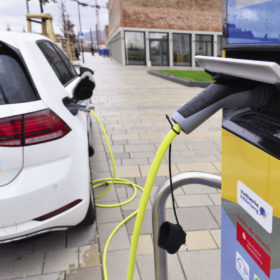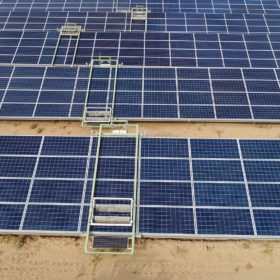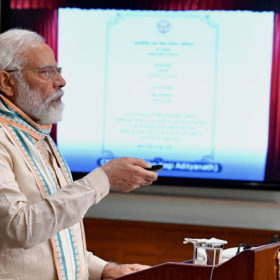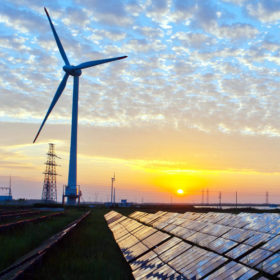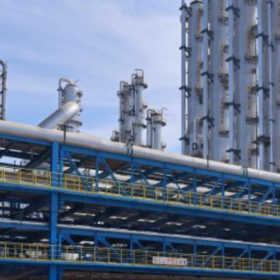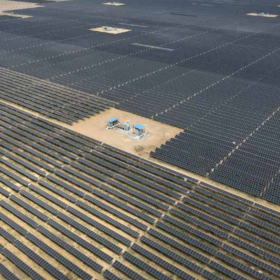NHPC tenders 40 MW solar EPC work in Odisha
August 26 is the last date to bid for engineering, procurement and construction work of 40 MW solar capacity, along with associated transmission line connectivity, in Ganjam district.
Redox flow battery powered by perovskite solar cells
An international team has developed an integrated solar flow battery which has been suggested as ideal for off-grid locations. The device, which combines energy conversion and storage in one unit, can be used for lighting and recharging cell phones.
Skilancer launches water-free module cleaner for residential rooftop solar plants
With the latest robotic cleaning offering, the startup aims to capture the residential solar market that currently stands at a capacity of 4400 MW and is expected to reach 8500 MW by the end of 2020.
Uttar Pradesh to become solar hub with 6 GW planned in Bundelkhand
The state is also reportedly set to this year unveil ‘Asia’s largest floating solar plant’, in the shape of the 150 MW Rihand Dam installation.
Gujarat extends solar power policy till December 31
The state’s Solar Power Policy 2015 was due to expire since April 1, 2020. With a 9-month extension, solar power plants installed and commissioned till December end become eligible for the benefits and incentives declared under this policy.
EESL, Noida Authority sign agreement on EV charging infrastructure
Noida Authority has selected Energy Efficiency Services Limited to deploy public charging stations under the second phase of the FAME India Scheme. A total of 162 public EV charging stations comprising 108 122kW fast chargers and 54 Bharat DC001 (15kW) are to be installed in the city.
Solar lobby group seeks blanket deadline extension till November 30
The National Solar Energy Federation of India said the project timeline relaxation provided by the Ministry of New and Renewable Energy is insufficient as construction continues to be severely hampered. Labour exodus and procurement delays (due to restrictions on international travel) are among the reasons affecting project progress.
Narendra Modi to inaugurate 750 MW Rewa solar project tomorrow
The project—set up in Madhya Pradesh—is one of the world’s largest single-site solar power plants. It is also India’s first PV project to supply power to an inter-state open-access customer.
Enel joins the Indian solar gold rush
The Italian utility, fresh from securing its first 300 MW of PV generation capacity in the recent, record-setting tender held by SECI, has teamed up with the state-owned Norwegian Investment Fund to commit to further clean energy facilities in India.
BP commits $70m to UK-India green growth fund
The fossil fuel company will become a partner in the fund, which invests in clean energy projects.
